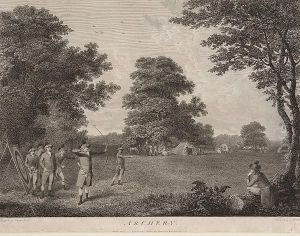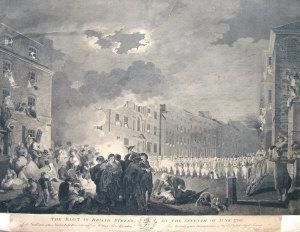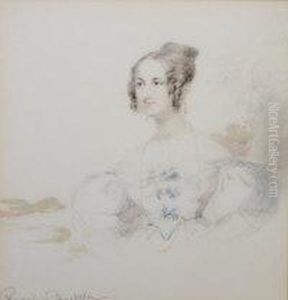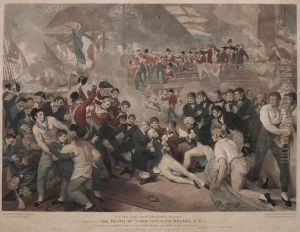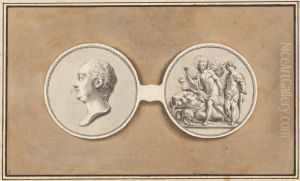James Heath Paintings
James Heath was an English engraver, born in 1757 in Staffordshire. He was the son of James Heath, a bookbinder, and his wife, Ann. Heath's talent for art was evident from a young age, and he was apprenticed to the engraver Joseph Collyer the Younger. During his apprenticeship, Heath developed a strong foundation in the art of engraving, which would serve him well throughout his career.
Heath rose to prominence in the late 18th and early 19th centuries. His engravings covered a wide range of subjects, including portraits, historical scenes, and illustrations for books. One of his most notable contributions was the engraving of the paintings in the Boydell Shakespeare Gallery, a project that aimed to create a grand series of paintings and engravings illustrating William Shakespeare's plays. Heath's work on this project helped to disseminate Shakespeare's plays in a visual form and contributed to the Romantic era's interest in the Bard.
Throughout his career, Heath was recognized for his fine line and stipple engravings. He became the engraver to King George III, a position that conferred significant prestige and recognition upon him. In 1791, Heath was elected as an associate engraver to the Royal Academy. Although he never became a full member, his election as an associate was a testament to his skill and the high regard in which he was held by his contemporaries.
Heath's engravings were widely popular and contributed to the dissemination of artworks to a broader public, as prints were more affordable than original paintings. His work is characterized by meticulous detail and a masterful ability to capture the nuances of the original artwork. Heath's legacy as an engraver is significant, as he contributed to the preservation and popularization of British art during a period of great cultural and artistic development.
James Heath died in 1834, leaving behind a body of work that continues to be appreciated by art historians and collectors. His engravings remain important examples of the printmaking art form and provide insight into the visual culture of his time.
